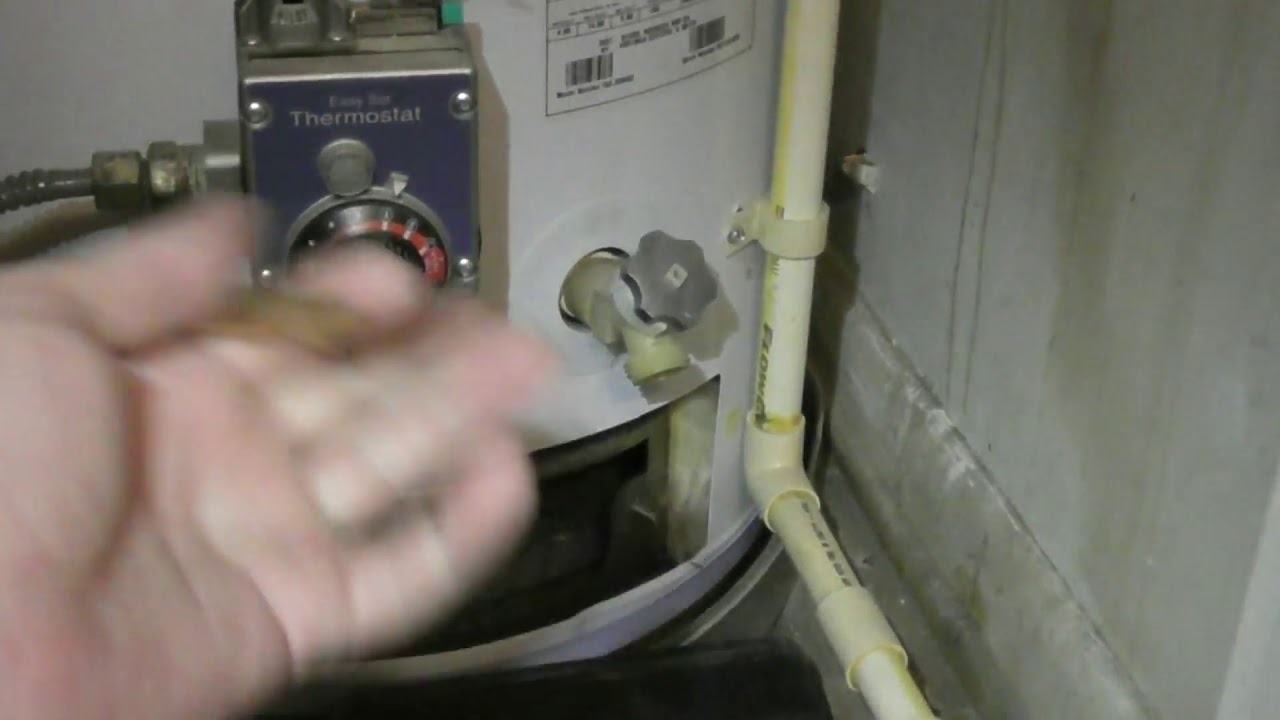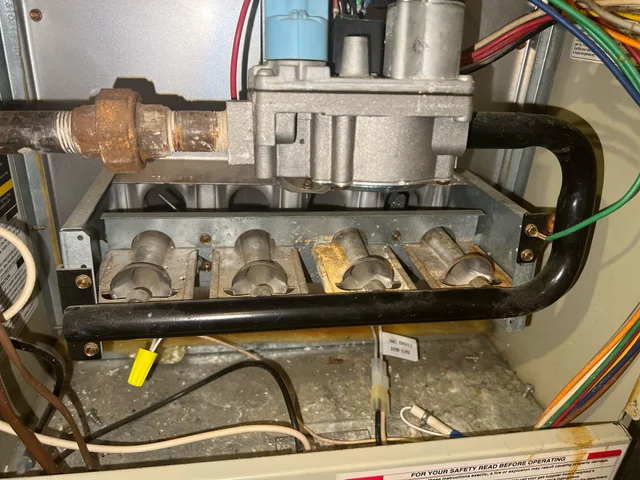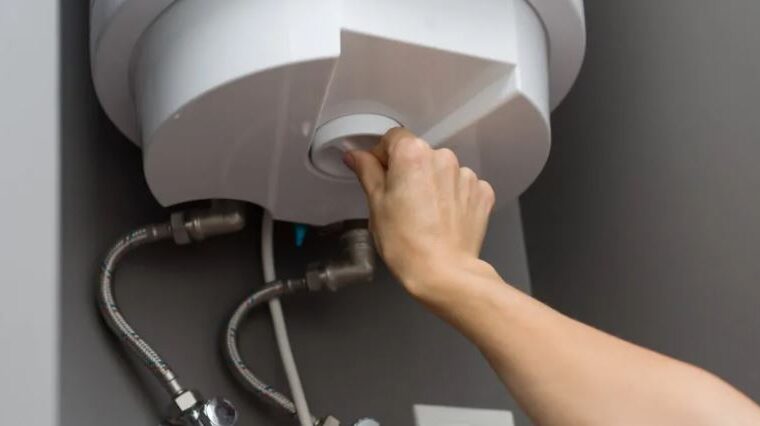Do you own a gas-powered water heater in your home? If yes, then you got to prepare yourself for any kind of repairs on your hot water tank thermocouple. This is because the gas hot water heater thermocouple is susceptible to damage.
Is this getting too scientific and French for you? Do not worry, we are just about to tell you what a thermocouple is and what does it for a hot water heater. Stay tuned.
What Does a Thermocouple Do on a Water Heater?
A thermocouple for a hot water heater is an essential part of any water heater that runs on gas. If your water heater is powered by propane gas or natural gas, the thermocouple is the device that ensures your water heater’s smooth and steady operation.
So, if you have any queries regarding your troubling water heater or wish to know more about this crucial device, the thermocouple, then keep reading this article. We have a lot to share with you.
Rest assured, by the end of this article, if nothing else, you will become a small expert in thermocouples. Maybe spread your learned knowledge among family, friends, and neighbors, cool no?
However, before we move on, let us get one common misconception cleared. A lot of homeowners live under the fear that if their water heater’s thermocouple malfunctions, they need to install a new gas water heater. This is not the case.
A thermocouple can easily be fixed and repaired. In fact, it would not cost you a lot as well if you know what steps to take.
Now that we know what a thermocouple is, let’s look into how it works.
How Does a Thermocouple Work in a Water Heater?
If we dissect the thermocouple probe, we would see two kinds of metal plates that are at a particular distance from each other. However, the metal plates are attached towards one end and held in place at the lower side of the probe. This is where the metal plates connect with the metal tube.
Each time the temperature of these metal plates increases, they produce an electric current of around 35 millivolts. This current moves along the metal tube towards the gas valve.
The purpose of this current is to activate a spring-based mechanism to make sure that the gas valve remains switched on. In case, this current is too slow, the spring will shut the valve down and your gas water heater pilot will burn out.
This entire mechanism is based on the thermoelectric effect. The exact name of the mechanism is the Seebeck effect, a term coined by German physicists back in the eighteenth century.
This effect essentially works on two different types of metals. The most common kind of metal used in a thermocouple is copper and stainless steel. The alloys of copper and nickel are generally used.
Worried about whether your thermocouple is working fine or not? Here is how you can test your thermocouple easily.
How to Test a Thermocouple on a Water Heater:
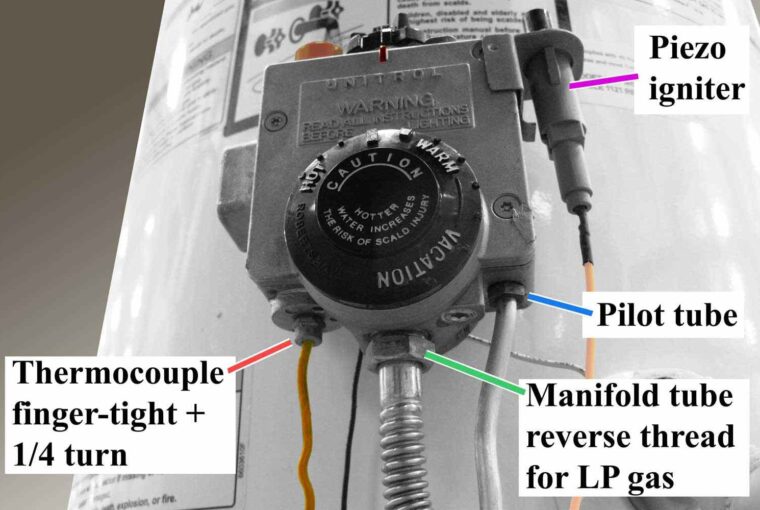
In order to test the functioning of your thermocouple, you first need to switch on the water heater’s pilot and run a test on the generated voltage. To do this, you require a multimeter device and an easy-to-use wrench.
Then follow these simple six steps:
- Take your multimeter device and set it to the option of volts DC.
- Now remove the thermocouple from the gas valve by unscrewing it through the wrench.
- Make sure the probes are attached to the copper line and at the end of the thermocouple device.
- Now switch on your water heater’s pilot and press the button.
- Wait for a few minutes. This time will allow the voltage to generate as the temperature of the thermocouple increases. Set the probes to the copper line and the end of the thermocouple. If your thermocouple is functioning properly, the multimeter should show a reading somewhere between 20 to 35 millivolts.
- In case, the voltage reading is less than 20 millivolts, it shows that your water heater’s pilot is finding it hard to stay on. It is also possible that high amounts of carbon are accumulated inside your thermocouple and this carbon is performing the job of an insulator.
Any reading below 20 millivolts indicates that your thermocouple needs to be thoroughly cleaned. This should fix it. However, at other times, you may need to install a new thermocouple.
How to Easily Clean Your Thermocouple?
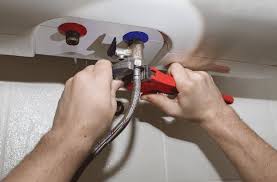
So, after testing your thermocouple, if you have observed a reading that is less than 20 millivolts, then you can easily fix your thermocouple by thoroughly cleaning it.
Here is how you can easily clean it:
- Switch off the inlet valve of the gas.
- Then you need to disassemble the water heater burner. Remove the thermocouple, the pilot tube, and the main tube prior to assembling the water heater burner.
- Now take clean sandpaper and use it to thoroughly clean your thermocouple. Use the sandpaper to rub on the ends of the metal rods on the thermocouple. Now repeat the process using a lint-free cloth.
- Once you are done cleaning, reattach the burner and switch on the inlet valve for the gas. Then light the heater’s pilot.
- Using the same setup, test the thermocouple to observe the voltage in the multimeter.
Even if after cleaning the thermocouple, you get a voltage of fewer than 20 millivolts, then folks it is time to invest in a new thermocouple for your water heater.

